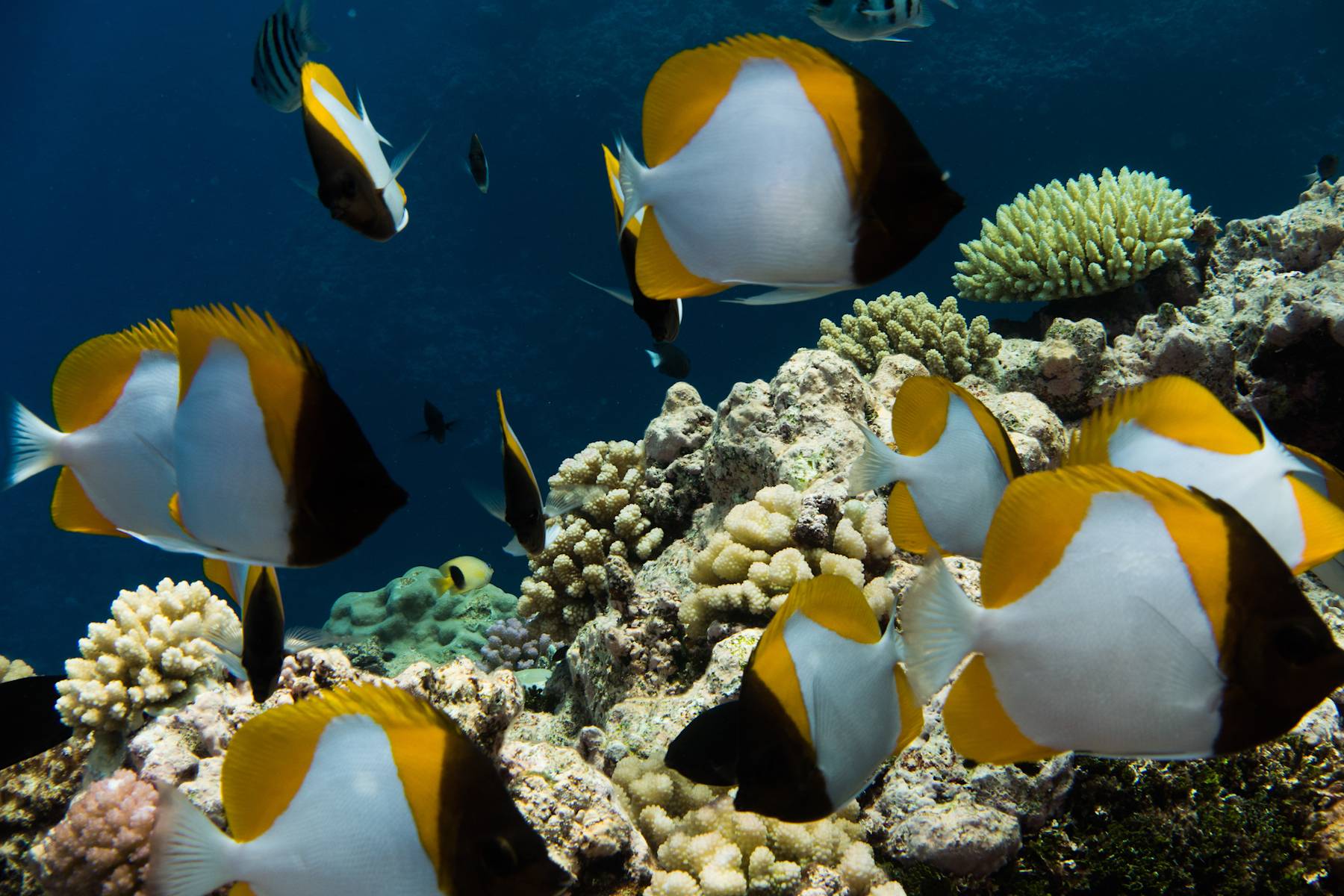Healthy, colourful coral has been documented at numerous locations affected by the coral bleaching events in 2016 and 2017. A survey by the Reef and Rainforest Research Centre found evidence of recovery, which Managing Director Sheriden Morris said was helped by a milder summer and an alliance between science, industry and government supporting the recovery of the Great Barrier Reef.
“The Great Barrier Reef is a very large and diverse coral system with a high level of biodiversity, and has significant capacity to recover from health impacts like bleaching events. Increasing temperatures experienced around the world from climate change mean that the pressure on the Great Barrier Reef is going to continue into the future,” Ms Morris said.
“In addition to whole-of-government and community actions to reduce carbon emissions and improve the quality of water running into the reef, managers and operators on the Great Barrier Reef will need to do all they can to protect and support their individual sites.
“Saxon Reef, for example, suffered some form of bleaching on 47.1 per cent of its live coral cover during the 2016 event. Fortunately, much of the bleached coral recovered thanks to better conditions experienced in 2018.
“However, this recovery is always going to be contingent on environmental conditions. It is critical that all efforts are made to promote the health and resilience of the Great Barrier Reef. It is clearly a misconception that the whole of the GBR suffered from severe coral bleaching and that the reef is dead. This is blatantly untrue.”
[Extract from August 2018 Reef Chat newsletter]
